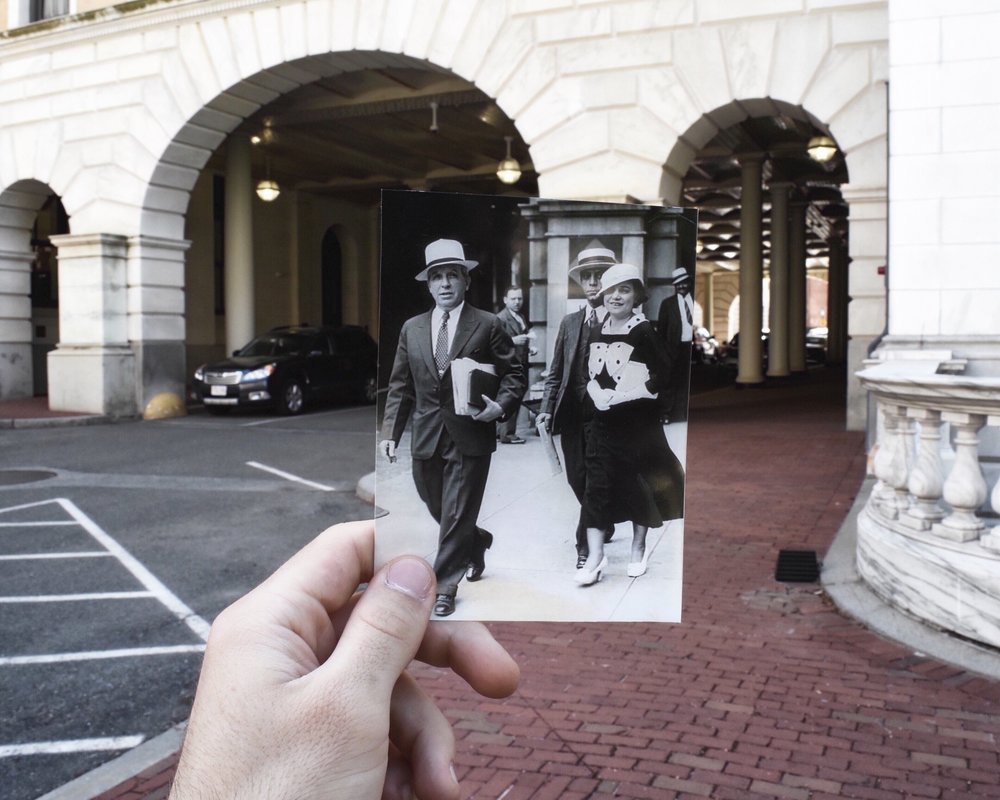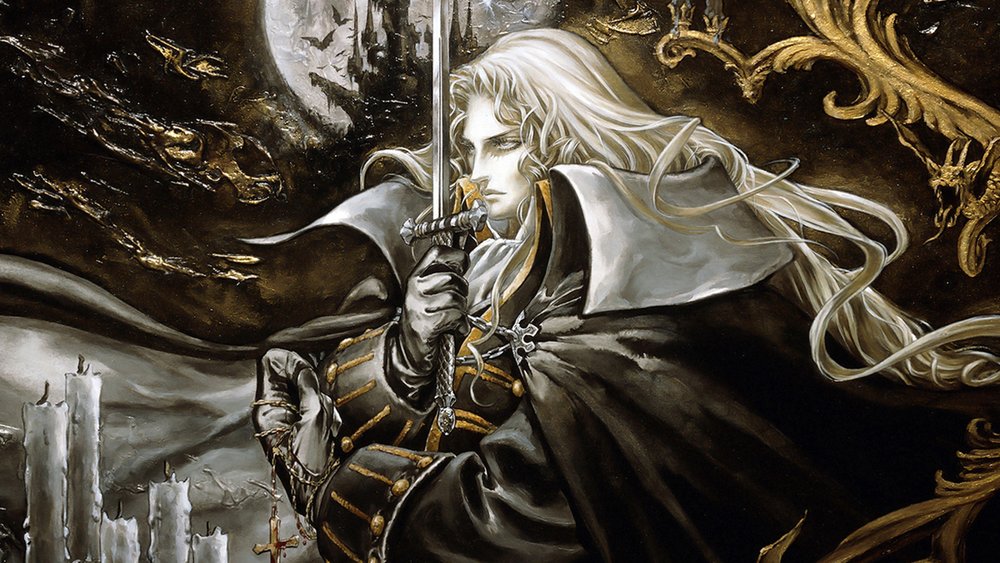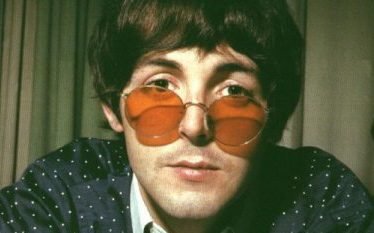
The Legacy of ABBA’s Greatest Pop Hit ‘Dancing Queen’

Chances are, you’ve probably heard of ABBA’s “Dancing Queen” one way or another – from being the background song in your aunt’s 45th birthday party to your mom’s high school reunion, to the radio station that is all about retro music. Fans of the ‘70s Swedish pop group would know the song by heart, even with just the first sweep of the piano.
“Dancing Queen” used to be played repeatedly in every disco, after all, it’s a hit that can get people up on their feet and grooving to the beat. It was the track that proved to be effective in lightening the mood in whichever occasion, so there’s no doubt how massive it was during its heyday. Of course, now, it can still be heard in events that have the ‘70s or ‘80s theme.
Despite the massive success and the fact that it had gone viral during the time, it wasn’t inducted into the Grammy Hall of Fame until 2015, or 40 years since “Dancing Queen” was penned. The song was written by ABBA members Benny Andersson and Bjorn Ulvaeus and was launched on Aug. 15, 1976 in Sweden, and was then immediately followed by a worldwide release.

Even before the official release of “Dancing Queen,” ABBA members already knew that it was going to be big
Massive From The Start
As one can notice, “Dancing Queen” was written a year before it was released, meaning it was shelved for 12 months before it finally saw light. This was more like it was set aside to release “Fernando,” a ballad that followed “Mamma Mia.” Despite the setback, the composers admit this was one of, if not, the best songs they had written up to date.
Remaining ABBA members, Agnetha Faltskog and Anni-Frid Lyngstad, meanwhile, were pretty sure that the song will be massive. But before it was even released, “Dancing Queen” had already made several “appearances,” but arguably the most remarkable was during the wedding celebration of Sweden’s monarchs, King Carl XVI Gustaf and Silvia Sommerlath. In their 18th century outfit while performing for the royal couple, this was the event that may have catapulted the Swedish group into worldwide stardom.
This was more than big – “Dancing Queen” sat comfortably at No. 1 in their home country for two straight weeks and it became the only song that earned the top rank in the United States. Indeed, members of the group have predicted its success.
Agnetha even revealed that their hair stood up when they recorded “Dancing Queen,” which was said to be one of the best disco songs of all time. It was first demoed under the title “Boogaloo” and took on “Rock Your Baby” by George McCrae, a disco-fave hit as well.

ABBA’s “Dancing Queen” was a staple song played by DJs in disco bars
ABBA’s Legacy
Meanwhile, the pop song’s legacy remains alive till the modern days. It has been borrowed and revisited many times, including in the film “Mamma Mia!” where Meryl Streep performed the song. Sharper, clearer iteration of “Dancing Queen” can also be observed in the 2018 version of “Mamma Mia!” Musical series “Glee” also gave in to the classic ABBA fever and performed the group’s songs in an episode.
There are many more that took on “Dancing Queen,” either releasing their cover or giving it their own mix, which totaled 50 recordings. There are also those that took inspiration from it, including Elvis Costello whose “Oliver’s Army” followed on the piano chords of the ABBA song.
“Dancing Queen” remained iconic and revisited, probably because it was beautifully created, euphoric, and head-popping. Or perhaps, it’s the explosive chorus right after the finger rolls on the piano that made people dance their hearts out.
ABBA
The Swedish group first came to existence in 1972 and immediately gained fame with their hits. ABBA, which is actually the acronym of the names of the members, was arguably one of the pride of the country as evident in 1974 when they won the Eurovision Song Contest in Brighton, United Kingdom, the first win for Sweden in the competition.

For a decade, Swedish band ABBA offered mellow and upbeat hits to the audience
ABBA was made up of two couple, Faltskog and Ulvaeus and Andersson and Lyngstad, but as their band had gotten recognized, their marriages suffered, which ultimately showed in some of their songs that contained darker, sadder lyrics. The group finally went their separate ways in 1982.
More in Music
-
`
The BIGGEST Pop Culture Moments of 2008, Ranked Chronologically
With 2018 is almost over it’s hard to imagine that 2008 actually happened a decade ago. But before you ready your...
January 15, 2025 -
`
Here Are the Best One-Hit Wonders of All Time
Other than songs, artists can also be one-hit wonders as they often contribute to the all-time hit songs. Take the example...
January 15, 2025 -
`
This Photographer Has The Best Way Of Recreating Throwback Photos
We capture precious moments of our lives every day in the form of still photos and moving videos thanks to the...
January 15, 2025 -
`
Timeless Retro Games That Should Have Made It to PlayStation Classic
Sony joined the bandwagon of bringing the dead back to life after it recently announced its PlayStation Classic, a small-sized reincarnation...
January 15, 2025 -
`
5 of The Most Fascinating Discoveries Made in 21st Century
2018 is filled with fascinating discoveries that became headliners because they shed light on some of the hidden secrets of our...
January 14, 2025 -
`
TV Series That You Didn’t Know Were Based on Comics
When we hear about comic book stories, the first thing that comes to mind is the image of a largely built...
January 14, 2025 -
`
Paul McCartney Returns to Abbey Road Studio 49 Years Later to Record a New Album
The Beatles are one of the most iconic bands of the century, and even those who aren’t fans of the musical group...
January 14, 2025 -
`
The Most Mysterious and Controversial Celebrity Deaths
Being famous does have a lot of perks, celebrities earn tons of money especially if they choose to be involved in...
January 14, 2025 -
`
Top ’80s Classic Video Games You Totally Miss
One of the best ways to entertain yourself is playing video games since advanced technology took over the world. These addictive...
January 14, 2025










You must be logged in to post a comment Login